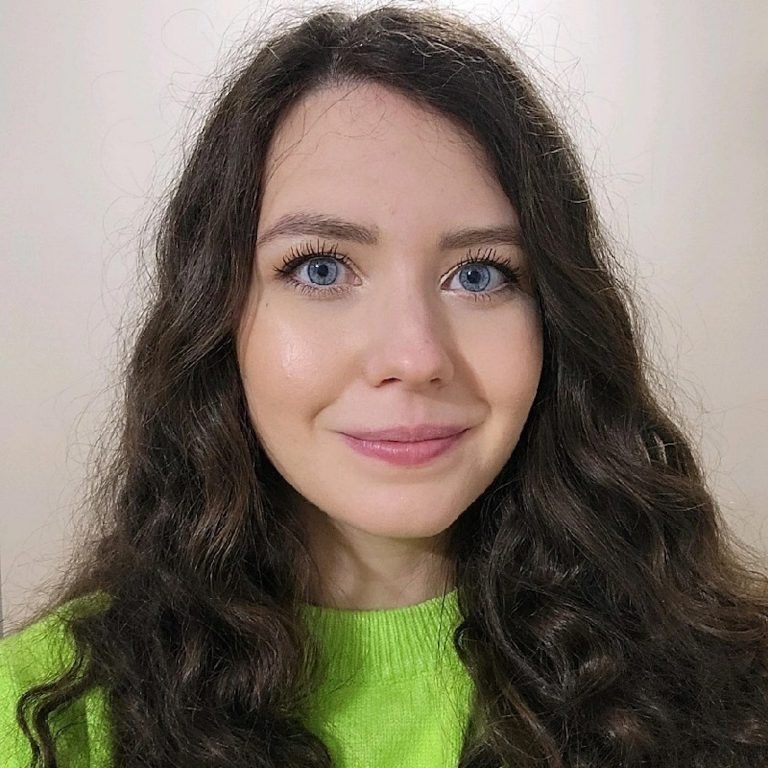Cristina Sanza
Supervisor: David Secko
Cristina Sanza is a Digital Journalism Instructor at Concordia University. She is working towards her MA in Digital Innovation in Journalism, where she is exploring how we can more effectively engage the public through fitness media using innovative models of science and health journalism. In 2024, she was awarded Master's scholarships from both the Social Sciences and Humanities Research Council (SSHRC) and Fonds de recherche du Québec (FRQ). Since 2018, Cristina has been involved in science journalism education research with the Concordia Science Journalism Project (CSJP) alongside her current thesis supervisor, Dr. David Secko. She also serves as the coordinator for the Department of Journalism's international science journalism summer school, Projected Futures. Previously, Cristina worked as a multimedia journalist and content producer for outlets including The Review, Concordia University’s Faculty of Arts and Science and Montreal’s healthcare network. In her spare time, she works as a YMCA personal trainer and enjoys cooking.
Thesis title: "An Exercise to Improve How Physical Activity is Communicated to Canadians"
Published works
- Lei, C., Sanza, C., Hunter, A., & Secko, D.M. (2020, July). Keys to the Multimedia City: Leveraging open educational resources (OER) to produce affordable, flexible and interactive course materials for students. Published at SALTISE 2020 Conference Proceedings, Teaching transformations: Small changes, big impact, virtual.
- Sanza, C. & Secko, D.M., (2019, July). Projected futures: A qualitative metasummary of visions for the educational future of science journalism. Presented at 5th World Journalism Education Congress in Paris, France.
- Raid, K., Sanza, C., Hamdy, N. (2020). “Scientists: Here’s how to fight back against anti-maskers, climate deniers and anti-vaxxers,” The Conversation, November 29.
- Sanza, C., Borowiec, B., Secko, D., Qaiser, F., de Araujo Ferreira, F., MacGregor, H., Bramadat-Willcock, M., & Nazemi, P. (2019). “Why we see hope for the future of science journalism,” The Conversation, February 26.
